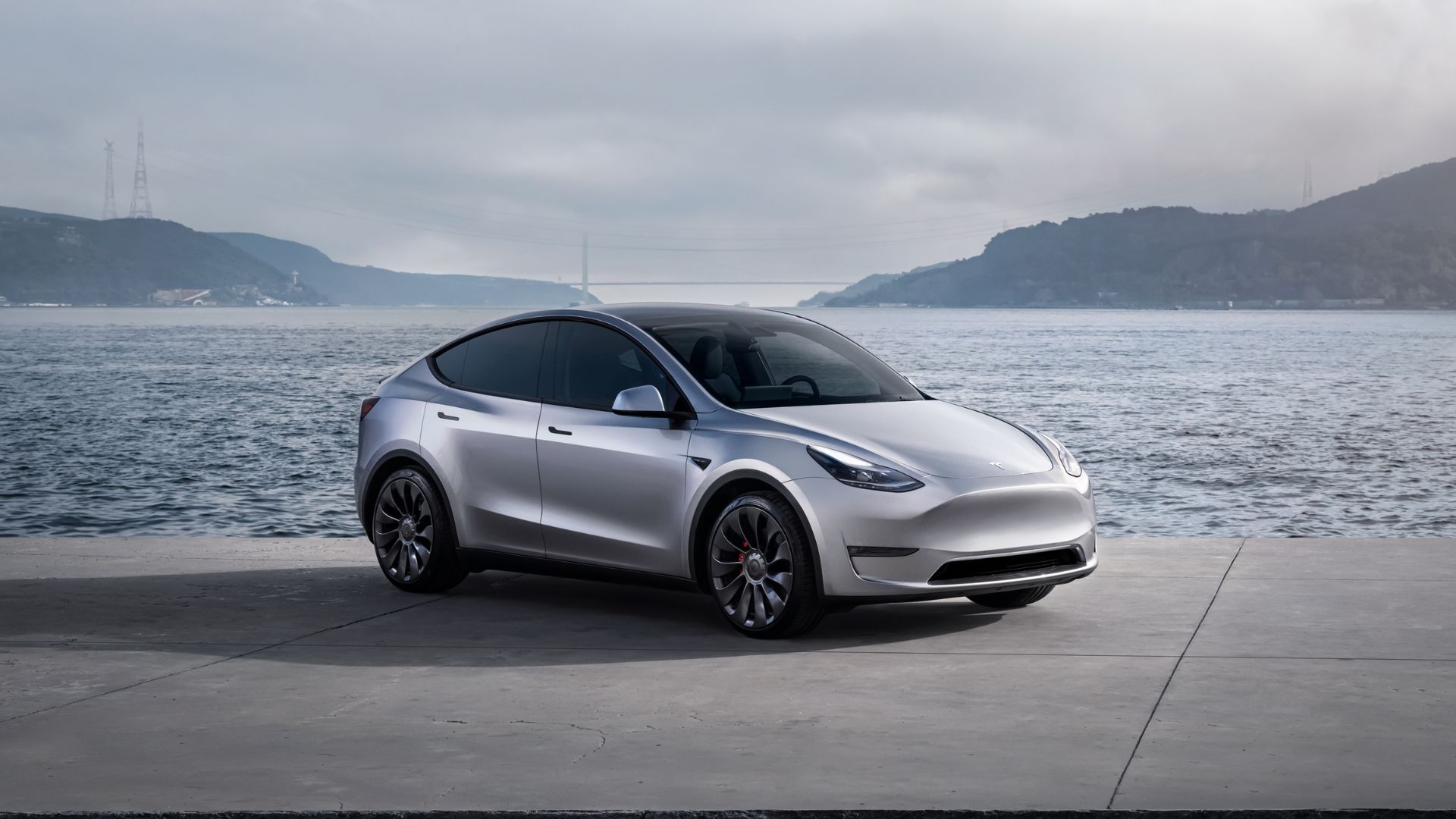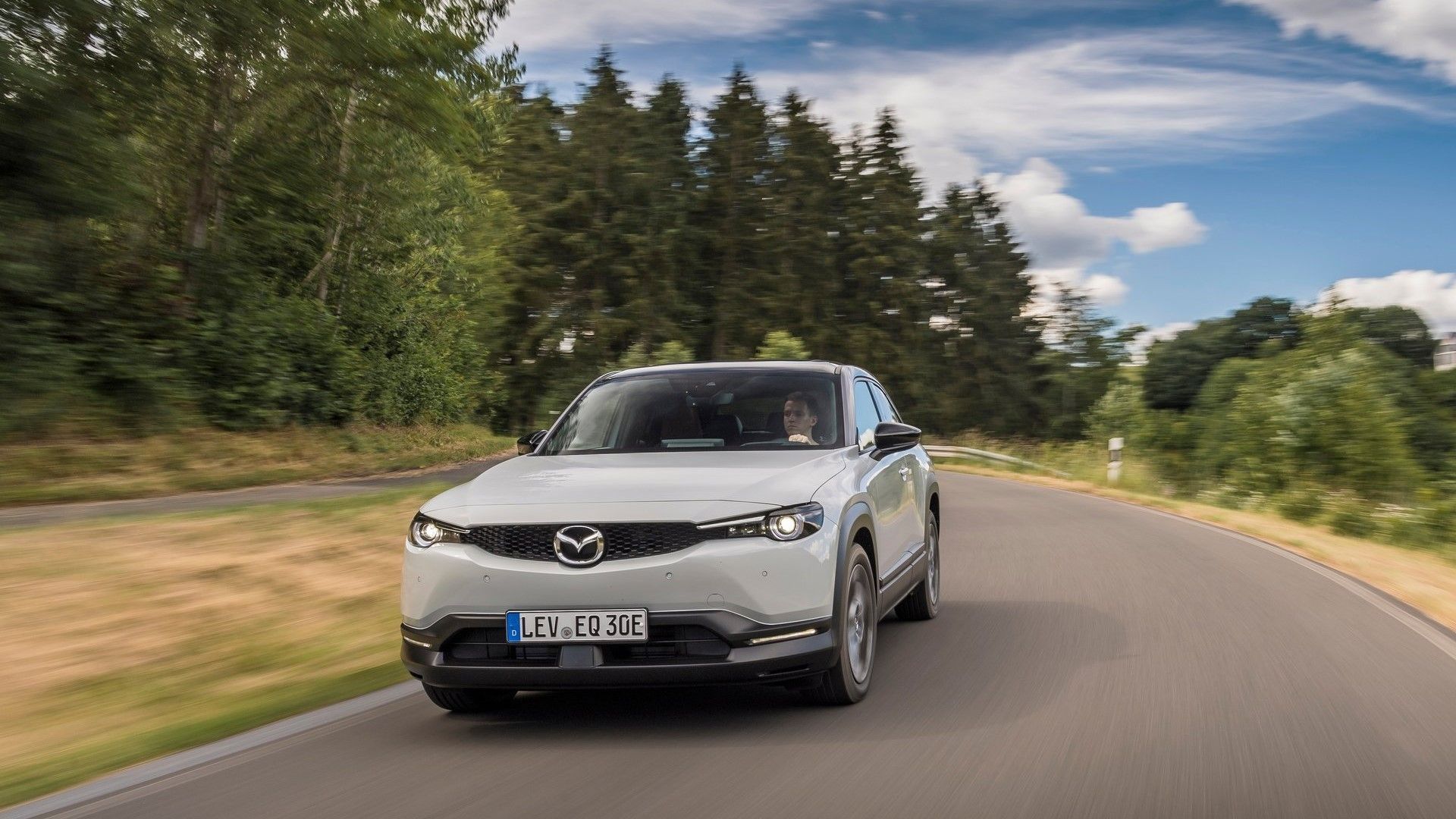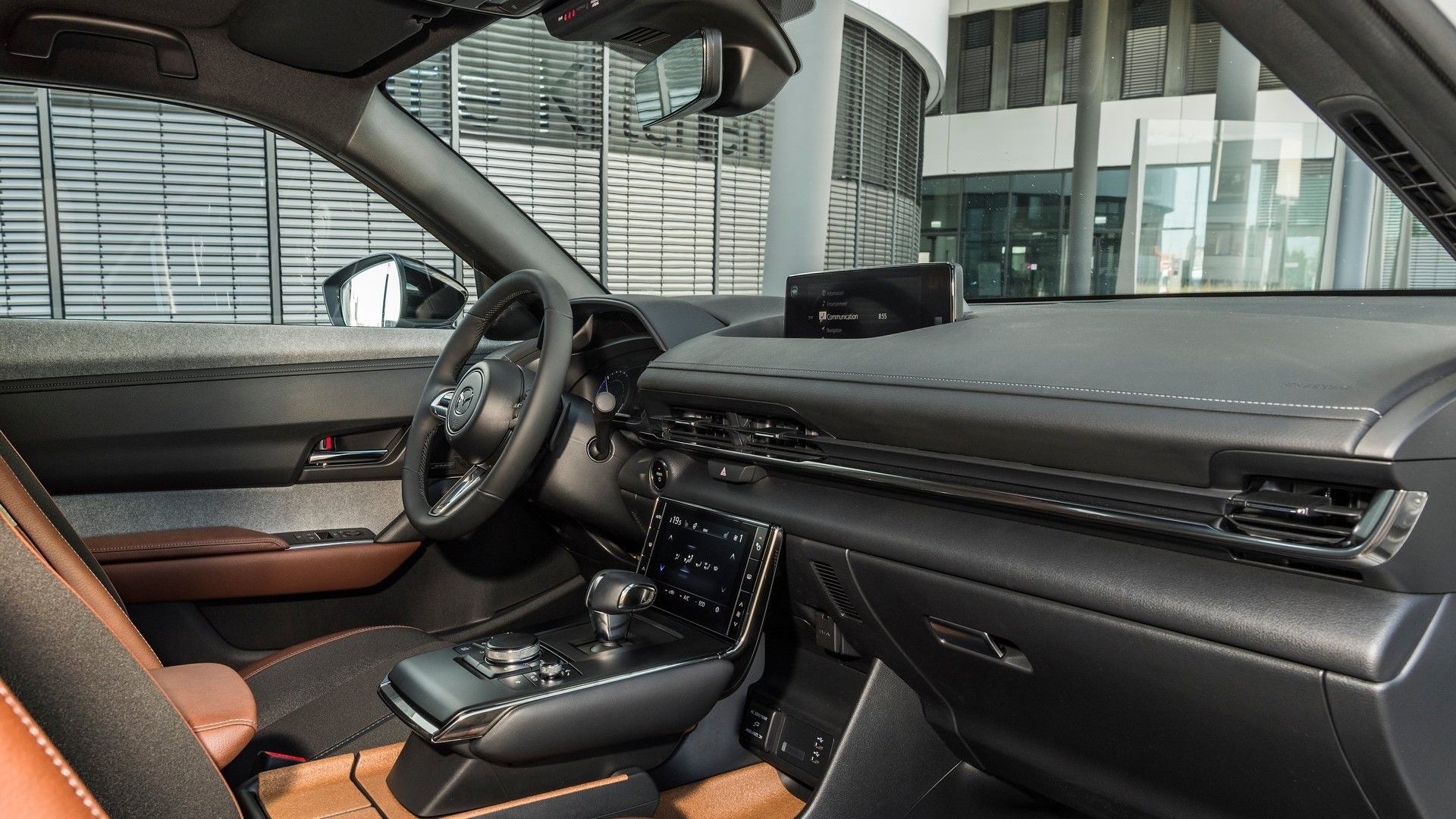With the popularity of electric vehicles constantly rising and emissions regulations forever exponentially tightening, more and more automakers are trying their hand at EVs. Not every brand gets it right on their first try, which is sadly the story of Mazda’s first all-electric model.
Being successful in the electric vehicle segment is a difficult task. There are a number of criteria that your vehicle has to meet to even be considered by buyers. Things like poor range, unexceptional performance, and an impractical interior can be killers for new models, which is exactly why Mazda’s MX-30 only lasted two years on the market.
Mazda put a lot of effort into making the MX-30 an interesting vehicle, even teasing the return of the rotary engine as a range extender. Despite this, it was pulled from the market quickly. We explore some of the biggest reasons why the Japanese brand couldn’t quite cut it when it came to making a popular electric car.
In order to give you the most up-to-date and accurate information possible, the data used to compile this article was sourced from Mazda websites and other authoritative sources, including TopSpeed and the EPA.
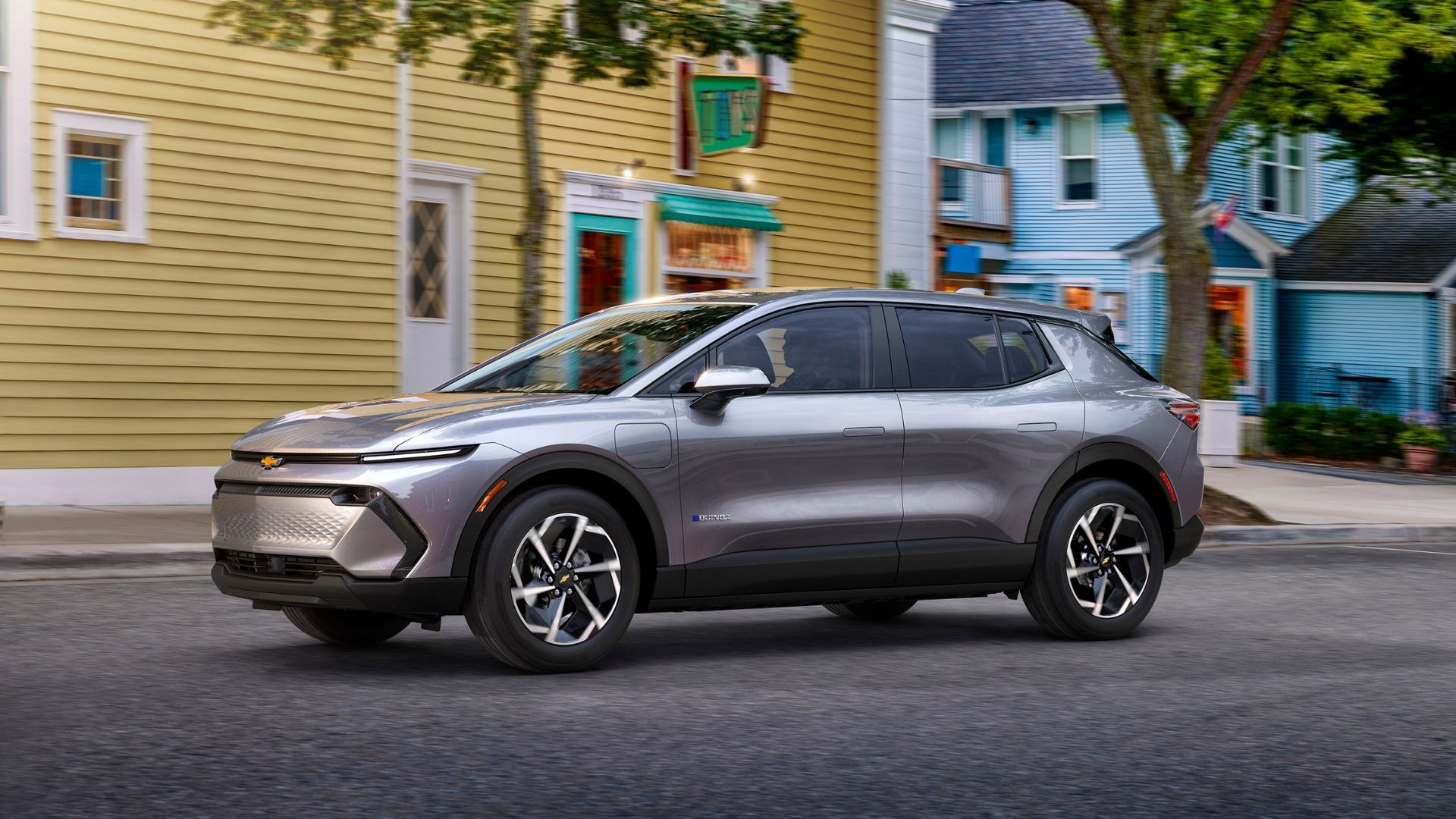
Related
The Cheapest EVs With Over 300 Miles of Range in 2025
Looking for long range without the luxury price tag? These budget-friendly EVs prove you don’t have to spend big to go the distance in 2025.
Mazda Only Sold The MX-30 In California
Mazda’s first expedition into the world of electric vehicles was one that was wrought with caution. While they had a fairly decent rollout across Europe, their strategy for North America was much more conservative. Sales targets were kept low and as a result the brand decided to only sell the electric crossover in California.
Extremely Low Sales
There are a lot of elements that came together to create the perfect storm for the MX-30 to fail. While it was pretty interesting concept-wise, especially the plug-in hybrid model that we were promised but never received, it just wasn’t executed well. Uncompetitive pricing, poor marketing, and less range than its rivals were among these factors.
The MX-30 was on sale in the United States for two model years, 2022 and 2023. In 2021, Mazda managed to sell an incredibly underwhelming 181 units. This increased up to 324 units for 2022 and then dropped back down to 100 in 2023. Even with low sales targets, this was abysmal for Mazda, which is why the electric crossover went on the chopping block in 2023.
Trims and Pricing
|
Model |
Starting MSRP |
|---|---|
|
Base |
$35,485 |
|
Premium Plus |
$38,395 |
One of the Mazda’s biggest redeeming qualities was its price. While many of the signs pointed to it being worse than its competitors, it started several thousand dollars cheaper. Even the segment’s most affordable EVs, like the Kia Niro EV and the Volkswagen ID.4 started at over $40,000.
The Premium Plus model was definitely the way to go. The MX-30’s starting equipment matched its price tag, meaning that it didn’t come with all the bells and whistles you’d expect in an electric vehicle. For the $3,000 jump to the more expensive trim you could get yourself improved safety and driver assist equipment, a heated steering wheel, a 360 degree camera, and a 12-speaker Bose sound system.
A Weak Motor And Poor Range Were The MX-30’s Biggest Killers
Two of the most important factors to buyers of electric vehicles around the world are power and range. One of the biggest benefits of going electric is that they are generally quicker than their gas competitors. Not only was the MX-30 fairly lethargic, but it wouldn’t get you far on a single charge.
Performance Specifications
|
Powertrain |
1x Electric Motor |
|---|---|
|
Horsepower |
143 HP |
|
Torque |
200 LB-FT |
|
Driveline |
FWD |
|
0-60 MPH |
8.7 Seconds |
|
Top Speed |
91 MPH |
While the motor used in the MX-30 is not too bad for a base model, most of the Mazda’s rivals can come equipped with much more powerful setups. The crossover is not particularly quick off the line, especially for something motivated by an electric motor. Its 91 mile per hour top speed is also well below average.
The “MX” prefix in the electric SUV’s name is shared with only one other Mazda model, the MX-5 roadster. In this sense, the MX-30 kind of makes sense. It isn’t particularly quick off the line, but it features a chassis tune that is absolutely superb. It is playful and sharp in the bends, making it a ton of fun to drive even if it isn’t all that quick.
Efficiency, Range, and Charging
|
Model |
City |
Highway |
Combined |
Total Range |
|---|---|---|---|---|
|
MX-30 |
98 MPGe |
85 MPGe |
92 MPGe |
100 Miles |
The efficiency table above showcases one of the biggest reasons the MX-30 failed. One of the most important things to people buying EVs is range, which is something the Mazda is severely lacking. Pretty much any other new EV you can buy breaks at least 200 miles on a single charge.
The problem is that the MX-30 comes equipped with a tiny 30-kWh battery pack, giving it a range that is less than half of what you get from competitors like the Chevrolet Bolt EV or the Hyundai Kona EV. Even if the MX-30 was designed mainly for use within cities, this range is just not acceptable for a modern electric car.
The Rotary PHEV Model We Never Got
Prior to Mazda deciding that the MX-30 was to be chopped, they had a plan to introduce a plug-in hybrid that was very different to its competitors. Rather than using the battery and electric motors to supplement a gasoline engine, they would use a small rotary engine as a range extender. This meant that the crossover would always make use of the motors, with the engine simply replenishing the battery, like a generator.
Having the rotary engine charge the battery meant that the MX-30 always felt like a truly electric vehicle, without any clumsy shifts between gas power and electric power like some PHEVs are prone to. Mazda claimed that with a full battery and a full tank of gas, the MX-30 R-EV was capable of going up to 400 miles.
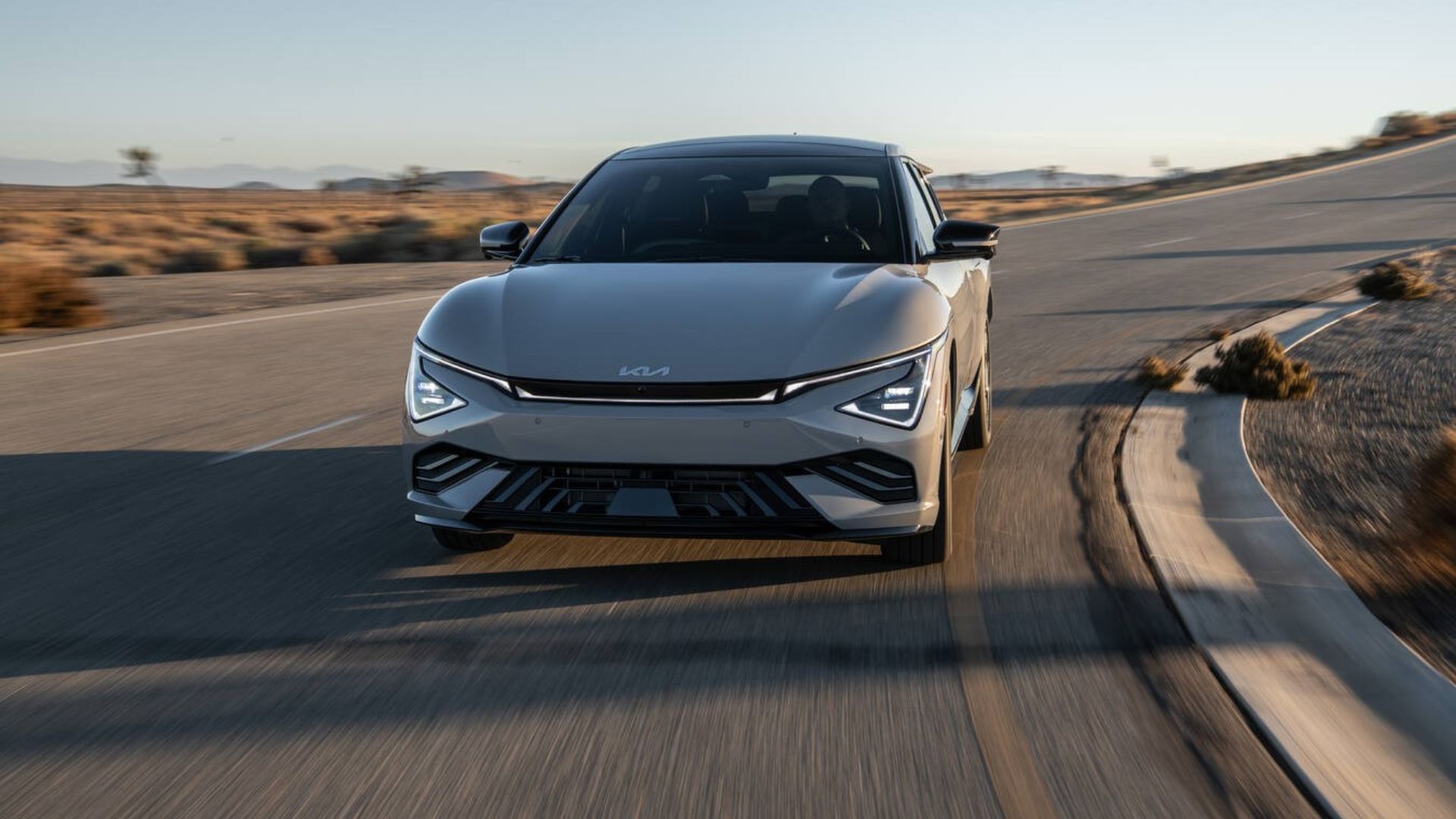
Related
10 EVs That Are Actually Affordable for First-Time Buyers
These 10 electric cars prove you don’t need deep pockets to go green on your first try.
Mazda’s MX-30 Was Stylish But a Little Too Cramped
One of the biggest strengths of any modern Mazda is their exceptional design and great interior quality. While the MX-30 certainly lived up to this in a number of ways, it featured rear seats that were simply far too cramped. Compared to the plethora of more practical options on the market, this made the EV a hard sell.
Interior Dimensions
|
Front Row Headroom |
38.5 Inches |
|---|---|
|
Front Row Legroom |
41.6 Inches |
|
Second Row Headroom |
37 Inches |
|
Second Row Legroom |
30.1 Inches |
|
Cargo Capacity (Behind Second Row) |
21 Cubic Feet |
Interior space is a big issue for the MX-30. While those in the front row have a decent amount of legroom, taller drivers will certainly feel a little bit cramped. Those in the back row have it even worse, with even less headroom and an amount of legroom that would only be enough for children. Cargo space isn’t exactly generous either.
The suicide rear doors are something that are worth mentioning as well. They are another callback to the brand’s past, with models like the RX-8 sports coupe sporting the door layout. While they make sense on a vehicle so small, they’re not the most appealing design choice to a lot of buyers.
If space in the back isn’t a huge concern of yours, the well-crafted interior may be enough to keep you interested. The MX-30 feature’s Mazda’s classy design ideology, with an element of sustainability mixed in. Things like cork and recycled plastic have been utilized to make the little electric crossover as eco-friendly as possible.
Infotainment and Technology
Mazda makes use of a number of screens in the MX-30. The infotainment screen, which sits atop the dashboard, is an 8.8-inch unit that can be controlled via a rotary controller on the center console. In addition, a small screen is neatly tucked against the floating center console which allows you to control the climate control system. A seven-inch digital gauge display is also standard.
The MX-30 of course includes Apple CarPlay and Android Auto connectivity among a number of other standard features. Dual-zone climate control allows you to keep the cabin comfortable and a number of USB-A ports allow you to keep your devices charged. An eight-speaker sound system is standard, but you can upgrade to a 12-speaker Bose system if you go with the Premium Plus model. The top trim also gets a heads-up display.


